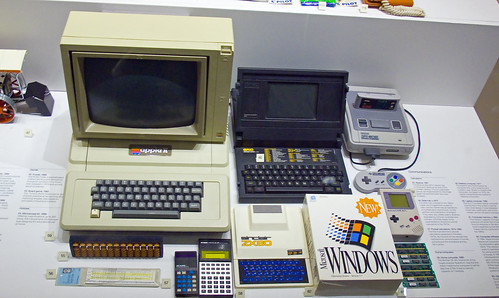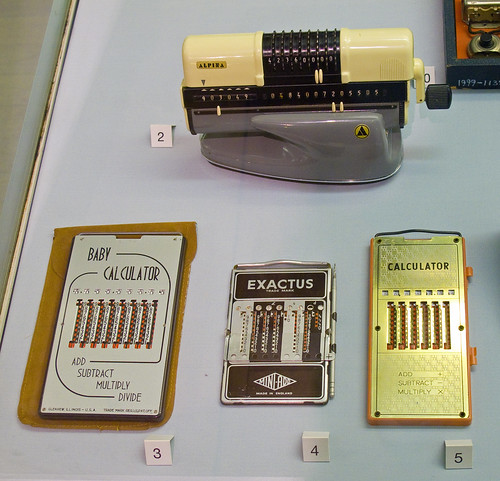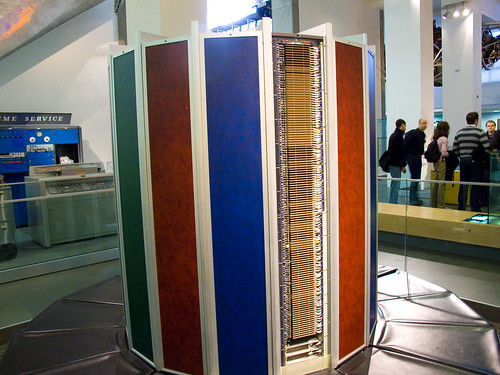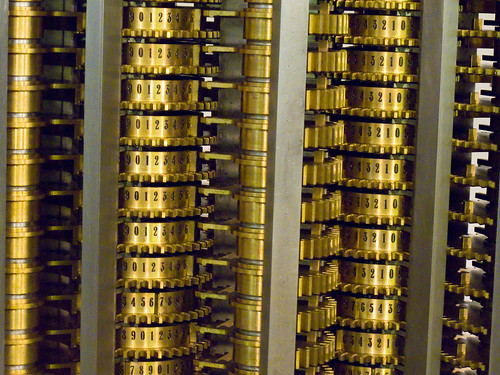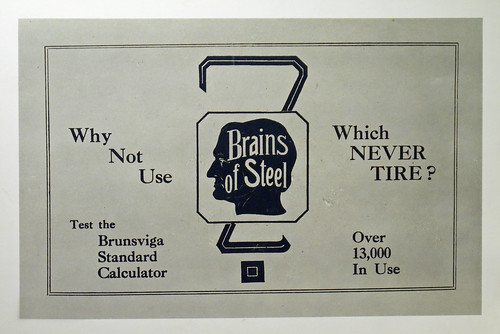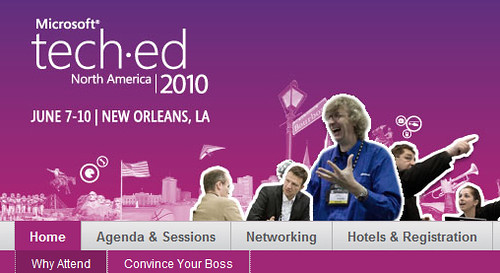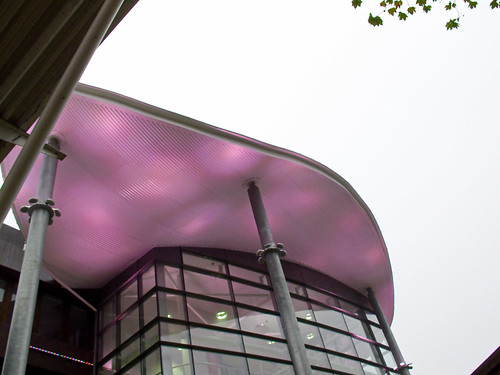Eye-Fi Review
/
Every now and then you come across something that must be powered by magic (or perhaps pixies), since there is obviously no other way you could make it work. Such a thing is the Eye-Fi SD memory card that also contains a WiFi adapter and a microcontroller. What it does is rather nice; it lets you transfer your pictures directly from your memory card into your computer without the tedious business of either plugging the camera into the computer or removing the card and reading it.
The Eye-Fi card looks like an ordinary 4G SD memory card and to the camera that is just what it is. However, when new photographs are taken and stored the card will wake up and try to send them over WiFi to a computer running the receiving software. I found that it just worked. There is an installation phase you have to go through where you plug the card (via a reader that is included) into your computer and tell it the name of your network and any security keys but once you have done that the pictures just appear on you computer as though by magic. Or pixies.
I don’t think the WiFi range is quite as good as a “proper” adapter, but it worked fine around our house. You also have to be careful not to turn the camera off (or let the camera turn itself off) before the card has finished sending pictures, but apart from that it works a treat. You can set up multiple WiFi networks and you can also configure it to only transfer pictures that you have marked as protected, so that you can use the camera to select which pictures get sent. It worked fine in both cameras I tried. It will definitely have an effect on battery life, but I didn’t notice anything untoward when I was playing with it.
I got the cheapest version, at 49 pounds, which just lets me transfer pictures to a waiting computer. More advanced (and expensive) versions of the card have a feature which lets you upload your snaps directly to Flickr, Facebook, Picassa or other photo sharing sites. This should be possible with the cheaper one, if you pay a ten dollars a year subscription, but at the moment this only works if you are US or Canada based. There is also an option to have your pictures Geotagged as you upload them. This uses the location of the WiFi access point to transfer them. For a moment I thought they had managed to shoehorn a GPS system into the card, now that would have been very impressive...
Of course the device isn’t really magic. You can even take a look inside if you want to see how it does its stuff. However, it is very useful. Proper, professional, cameras can be fitted with WiFi adapters, but these cost an awful lot of money. I’m very tempted to splash out on the professional version of the card which also lets you transfer raw files as well as jpegs from your camera, which would be very nice. Maybe next year. As far as the card itself is concerned, I strongly recommend it.














